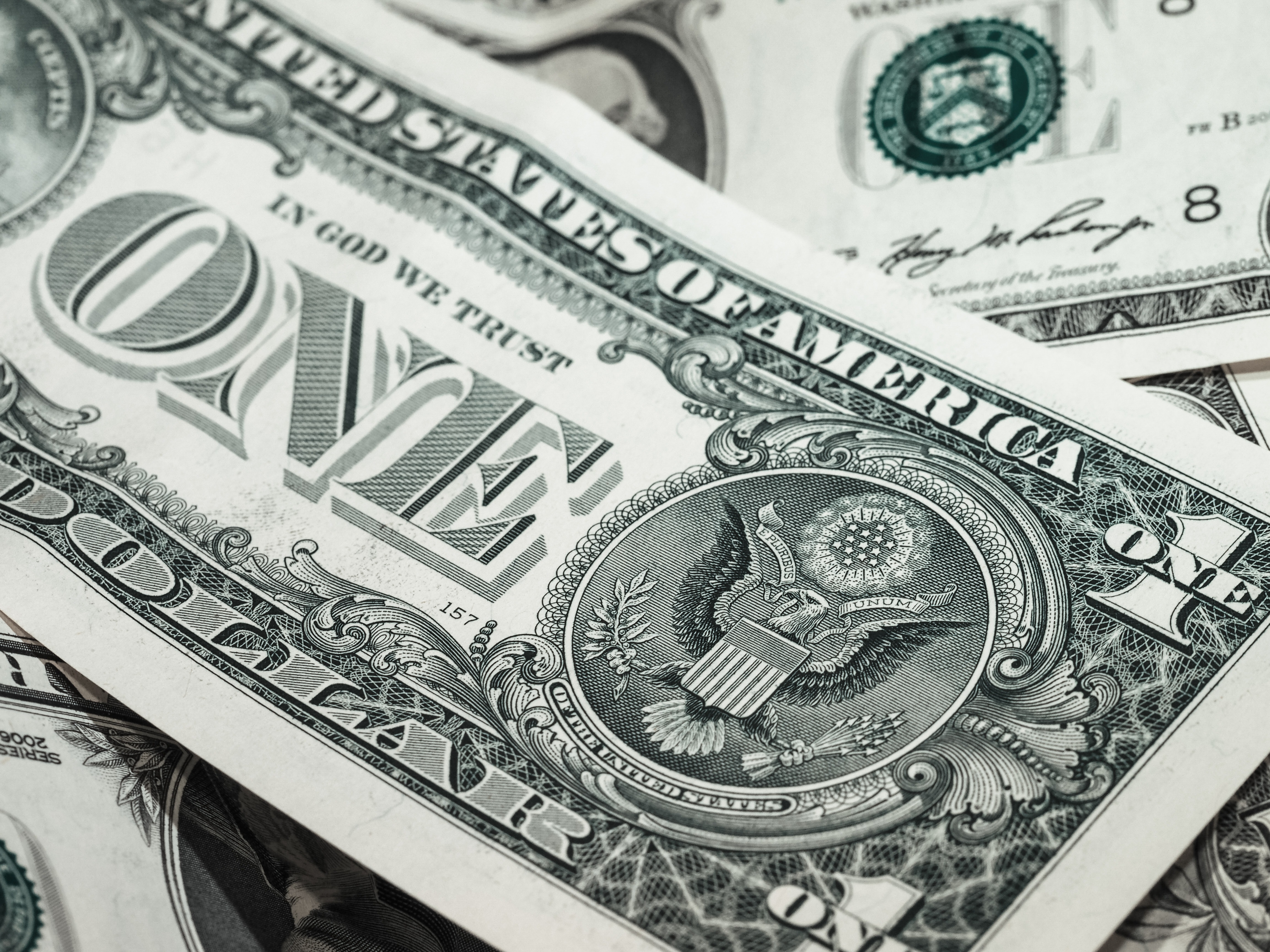
The Dollar Wrecking Ball: Why is a strong US dollar so dangerous?
The rising US dollar strength is starting to produce cracks across economies and markets.
Cryptocurrencies still need to go the extra mile until they are able to provide sufficient transaction capacity, which is demanded in national economies.
Let's pause and think, why was the first cryptocurrency - bitcoin created. Spontaneous efforts to improve digital money, through new decentralized currencies, which supplement and replace traditional FIAT currencies. Bitcoin, as the very first cryptocurrency, has already confirmed several times, it makes sense to use blockchain to transfer value. Despite ongoing lower price stability, today millions of users take advantage of pros, which are offered, as compared to FIAT currencies. Is bitcoin ready to serve in world economies and become everyday exchange tender?

Cryptocurrencies can be mainstream, but there are several hurdles to be solved first. Price stability, user's privacy and speed of transaction verification are major priorities. Although, the most immediate burden is throughput, e.g. maximum number of transactions per second. Is a single blockchain to power currency of the future, we need it to handle enormous amounts of transactions per second.
Bitcoin can process 13 transactions per second at most, which is approximately a million transactions per day. For a small economy, or a specific sector that capacity may work, certainly not for an economy, as for example the USA. To imagine that, GDP in USA in 2017 was about $20 trillion. That is $54 billion daily. Ignoring how slowly bitcoin processes transactions, it can handle $54 billion daily at average $54 000 transaction amount ($54 billion divided by million).
What stems from it? Of course, average common transaction amount is not $54 000. For instance, the average online transaction amount of consumers in USA from 2012 to 2017 was $80. The average transaction amount by Amex credit card was $141 and by Visa $80. If we assume an average payment in economy is $100, then $54 billion (daily payments turnover) requires 540 million transactions daily (6 000 transactions per second). The vast majority of people conduct transactions during a day and not at night.
Due to unbelievably low transaction throughput of bitcoin, it's impossible to compete with companies as Visa, Mastercard or even both at the same time. Visa itself process 1700 transactions per second and it can process up to 24 000 transactions per second during peak times (Christmas, sales…). So how many transactions per second would blockchain capable of mass adoption have to be able to process? Based on the aforementioned data, our rough estimate is 10 000 transactions per second on average, at the beginning. To be able to compete in today's environment of payment companies it would need to multiply this capacitive base. In this case, we estimate needed capacity to be up to 100 000 transactions per second. That is, almost 10 000 times more than bitcoin is capable of today.
Actual state, especially the technical part, must still undergo significant innovations for cryptocurrencies to begin mass adoption and become a part of everyday life. Latest research shows, it is possible to build blockchains with capacity up to 50 000 transactions per second, although the way the consensus is achieved must be more effective. There are plenty of smart minds working on that now. Bitcoin, as we know it today, is surely not the future of payments. Definitely, we do not claim, it is not an investment opportunity, nor it can't show previously unachieved price levels.
You must be logged in to add a comment.
Milan Antol